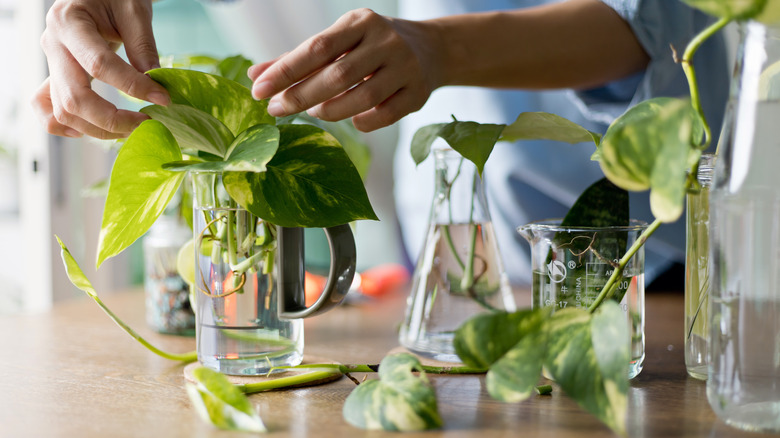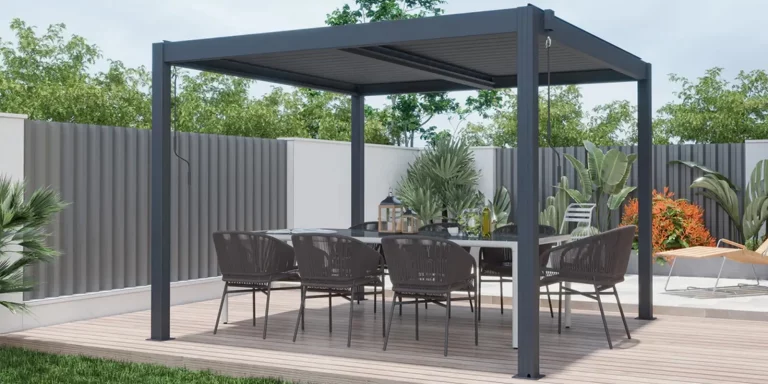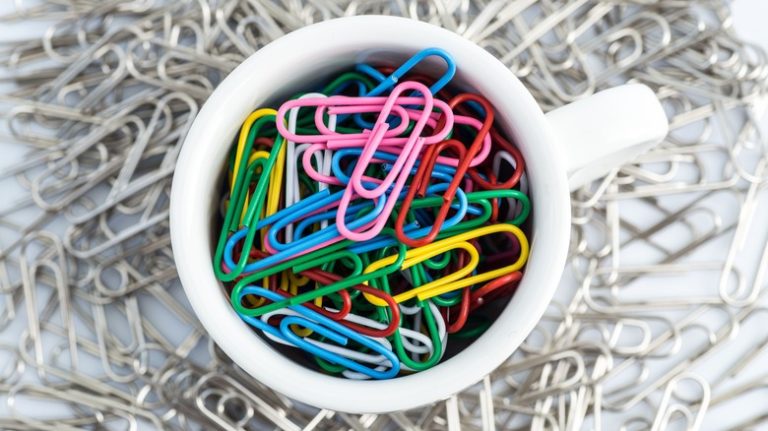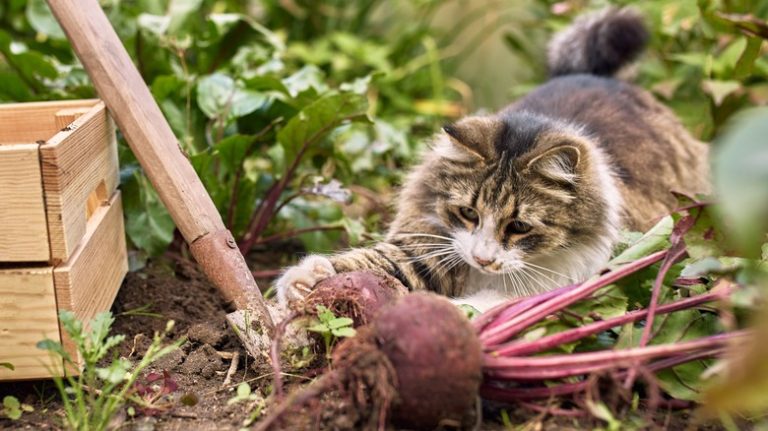It is important to keep plant cuttings detangled because overlapping or tangled cuttings can hinder successful propagation. When plant cuttings become tangled, their leaves and stems can become entwined, which prevents proper air circulation and sunlight exposure. This can lead to the development of mold, mildew, or other fungal diseases that can ultimately harm or kill the cuttings. Additionally, tangled cuttings can compete for resources such as water and nutrients, which can result in stunted growth or death.
One way to prevent tangling and aid in the rooting process is to use aluminum foil to create individual compartments for each cutting. This will allow each cutting to receive adequate air circulation and sunlight exposure, promoting healthy growth and reducing the risk of fungal diseases. The aluminum foil also acts as a barrier, preventing water from evaporating too quickly from the vessel. This helps to maintain a consistent level of moisture around the cuttings, which is essential for successful rooting. Moreover, the foil helps to preserve water by reducing the amount of evaporation, ensuring that the cuttings have access to water for a longer period of time. This is particularly important in dry or arid climates where water conservation is crucial.
How to set up your foil-covered vessel

Using aluminum foil over a glass vessel can be an effective method for detangling plant cuttings. To begin, gather a glass vessel, aluminum foil, a pencil, and a pair of scissors. Measure the size of your glass vessel and use the scissors to cut a piece of aluminum foil that is large enough to cover its opening. Use the pencil to push a small hole in the center of the aluminum foil; this hole should be just big enough to fit the stem of your plant cutting. Then, place additional holes in the foil with enough space between them to keep the plant cuttings separate.
Next, take your plant cutting and gently insert the stem through the hole in the aluminum foil. Ensure that the foil securely covers the opening of the vessel. Press the edges of the aluminum foil against the sides of the glass vessel to ensure a tight seal, preventing air from entering or escaping. Find a location that provides the right amount of bright indirect light and temperature for your plant cuttings. Ensure that the vessel is stable and won’t be easily knocked over. Regularly check on your plant cuttings to ensure they are receiving adequate moisture and light, refilling or replacing the vessel once the water gets too low or becomes full of algae.



